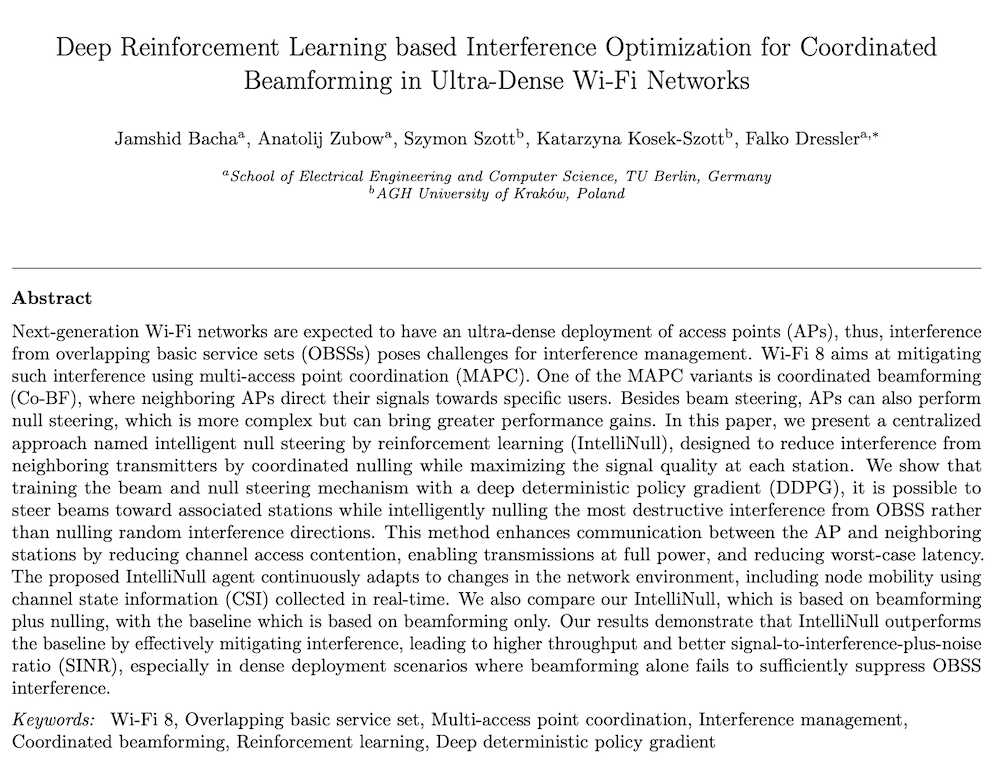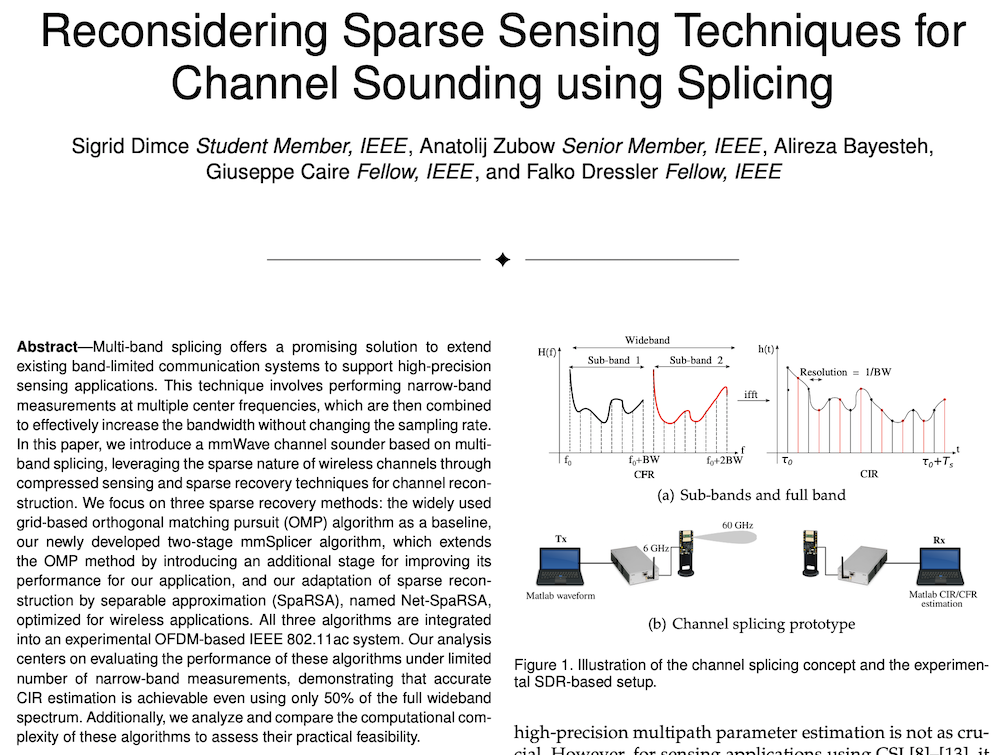Literature Database Entry
yu2022investigating
Qi Yu, "Investigating Cooperative Join and Merge Maneuvers for Platoons on Freeways," Master's Thesis, School of Electrical Engineering and Computer Science (EECS), TU Berlin (TUB), May 2022. (Advisor: Julian Heinovski; Referees: Falko Dressler and Thomas Sikora)
Abstract
The concept of platooning means that vehicles travel cooperatively in groups with short vehicle spacing. Platooning can improve road throughput, enhance traffic stability and reduce CO2 emissions. Currently, the application scenarios for vehicle platooning are mainly on highways. A platoon allows new members to join or merge with another platoon, known as the join and merge maneuver. The scenarios considered in most of the current join and merge maneuver investigations are limited. For example, there is no consideration of interference or platoon’s vehicle order. Therefore, we propose Vehicle-to-Vehicle (V2V)-based cooperative join and merge maneuvers for platoons on the highway. The platoon has no requirement for a fixed lane when driving and performing a maneuver. Moreover, the vehicles involved in maneuver considers the interference of other road users when executing maneuvers. We do not assume that other road users are equipped with V2V communication systems. For each maneuver, we respectively developed the naive approach and coordinated approach. The naive approach means vehicles join at the head or tail of the platoon. The coordinated approach indicates that the vehicle joins at the position specified by the leader and thus maintains the optimal order of the platoon. We model the algorithm using finite state machines, perform extensive simulations in SUMO and Plexe, and study critical parameters of the algorithm. The results of simulation experiments show that in the benchmark scenario, the metrics of the coordinated join maneuver are slightly less performant than those of the naive join maneuver but maintain the optimal order of the platoon and are therefore more competitive. In some cases, it may be different, depending on the variation of the parameters. The performance of coordinated merge maneuver and naive merge maneuver differs significantly with the variation of parameters. The different focus of the two approaches is shown more clearly in the results. A naive merge maneuver is superior in execution duration, but a coordinated merge maneuver can still maintain the optimal order of the platoons. The platoon needs to choose the approach according to the situation and preference.
Quick access
Contact
Qi Yu
BibTeX reference
@phdthesis{yu2022investigating,
author = {Yu, Qi},
title = {{Investigating Cooperative Join and Merge Maneuvers for Platoons on Freeways}},
advisor = {Heinovski, Julian},
institution = {School of Electrical Engineering and Computer Science (EECS)},
location = {Berlin, Germany},
month = {5},
referee = {Dressler, Falko and Sikora, Thomas},
school = {TU Berlin (TUB)},
type = {Master's Thesis},
year = {2022},
}
Copyright notice
Links to final or draft versions of papers are presented here to ensure timely dissemination of scholarly and technical work. Copyright and all rights therein are retained by authors or by other copyright holders. All persons copying this information are expected to adhere to the terms and constraints invoked by each author's copyright. In most cases, these works may not be reposted or distributed for commercial purposes without the explicit permission of the copyright holder.
The following applies to all papers listed above that have IEEE copyrights: Personal use of this material is permitted. However, permission to reprint/republish this material for advertising or promotional purposes or for creating new collective works for resale or redistribution to servers or lists, or to reuse any copyrighted component of this work in other works must be obtained from the IEEE.
The following applies to all papers listed above that are in submission to IEEE conference/workshop proceedings or journals: This work has been submitted to the IEEE for possible publication. Copyright may be transferred without notice, after which this version may no longer be accessible.
The following applies to all papers listed above that have ACM copyrights: ACM COPYRIGHT NOTICE. Permission to make digital or hard copies of part or all of this work for personal or classroom use is granted without fee provided that copies are not made or distributed for profit or commercial advantage and that copies bear this notice and the full citation on the first page. Copyrights for components of this work owned by others than ACM must be honored. Abstracting with credit is permitted. To copy otherwise, to republish, to post on servers, or to redistribute to lists, requires prior specific permission and/or a fee. Request permissions from Publications Dept., ACM, Inc., fax +1 (212) 869-0481, or permissions@acm.org.
The following applies to all SpringerLink papers listed above that have Springer Science+Business Media copyrights: The original publication is available at www.springerlink.com.
This page was automatically generated using BibDB and bib2web.





